You can continue reading the article to find out more information.
What is the Internet of Things?
The Internet of Things is defined as a network of connected devices capable of collecting and analyzing data and executing commands autonomously or semi-autonomously in the work environment. This technology contributes to automating daily tasks and improving the use of resources. From intelligent control of lighting and temperature to managing appointments and printers, these systems provide an integrated experience that contributes to enhancing productivity.
Smart offices are a living example of how technology can improve traditional work environments. By incorporating the Internet of Things, offices can reduce time and cost waste while improving operational efficiency. Additionally, these technologies contribute to making the work environment more comfortable, helping employees focus and be creative.
Important statistics about the impact of the Internet of Things
There are several important statistics about the impact of the Internet of Things, including:
- The smart office IoT market is reported to cross the $100 billion mark globally by 2025, growing at a CAGR of over 20%.
- Studies have shown that smart offices with IoT can increase employee productivity by up to 30%.
- Research shows that companies that adopt technologiesIoT in its offices has succeeded in reducing energy consumption by 15% to 25%.
- About 70% of large companies have adopted smart surveillance systems to improve security in their offices.
The evolution of the Internet of Things in the workplace
Internet of Things technologies have witnessed tremendous development over the past two decades, leading to radical transformations in work environments. This development is represented in:
the beginningIn the beginning, it wasIoT is limited to home appliances, such as smart lighting systems and thermostats.
Shift to officesAs technology advances, these solutions have begun to be integrated into offices to improve operational efficiency, for example, smart printers and appointment management systems have become an integral part of modern work environments.
Integrated smart officesToday, smart offices enable organizations to create fully connected work environments, where devices can communicate with each other to automatically optimize performance, such as HVAC systems that operate based on the number of people in a room or work hours.
DocSuite is an innovative solution that combines intelligent document management and administrative communications, and enhances work efficiency in smart offices using technologies.IoT By integrating DocSuite with IoT devices, workflow can be improved in an unprecedented way, such as automatic control of the office environment, efficient document management, and intelligent task and appointment tracking.
Challenges of implementing the Internet of Things in smart offices
Despite the great benefits offered by the Internet of Things, its application in the work environment is not without challenges, the most important of which are the following:
Cyber SecurityThe risk of systems being hacked increases as the number of devices connected to the Internet increases, so it becomes necessary to invest in cybersecurity technologies.
Initial costSetting up a smart office requires significant initial investments in modern equipment and technology, which can be a hurdle for some small businesses.
Data Management: producesIoT generates massive amounts of data, making its analysis and management a major challenge that requires sophisticated technical solutions. Human Adaptability: Companies need to train employees to use new technologies effectively to avoid any resistance to change.
The Impact of the Internet of Things on Environmental Sustainability in Offices
IoT technologies contribute significantly to improving the sustainability of the work environment by reducing energy consumption and natural resources. This is done through:
Smart lighting:The lights only turn on when there are people in the room, reducing electricity consumption.
Smart air conditioning systems: Temperatures are adjusted based on the number of people in the room, which helps save energy.
Monitor resource consumptionSmart devices can be used to monitor water and electricity consumption, helping businesses reduce waste and improve efficiency.
The relationship between the Internet of Things and digital transformation
The Internet of Things contributes to supporting digital transformation in companies and offices, and enhances the efficiency of remote work, through:
AutomationThe Internet of Things contributes to the automation of office processes such as managing meetings and distributing tasks.
Remote management: Enables managers to monitor performance and resource usage remotely via Internet-connected applications.
Hybrid OfficesIoT technologies are helping to improve hybrid work environments that combine in-office and remote work.
DocSuite helps boost productivity by automating processes and reducing human errors, while the Internet of Things provides an interconnected environment that facilitates communication between devices and users. For example, smart printers in the office can automatically send print requests to DocSuite, making access to documents easier and faster.
IoT-powered security technologies, such as smart surveillance cameras, also help ensure the safety of data stored within DocSuite, ensuring a safe and efficient work environment.
Traditional offices and smart offices
There is a big difference between traditional offices and smart offices, and the difference appears in several points, the most important of which are the following:
- Efficiency and productivity
Traditional offices: It relies on manual processes and human interaction in most activities, which leads to increased time spent performing daily tasks.
Smart officesTechnologies such as the Internet of Things (IoT) are used toIoT) and process automation to reduce the need for human intervention, smart printers, connected tables and other devices can perform tasks faster and more efficiently.
- Environment control
Traditional offices: Requires manual intervention to adjust lighting and temperature, which may result in increased energy consumption.
Smart officesIt has smart lighting and ventilation systems that can be automatically adjusted based on environmental conditions and employee needs, helping to save energy.
- Security
Traditional officesSecurity usually relies on manual protection systems such as locks and security personnel.
Smart offices:Includes advanced security systems such as smart surveillance cameras, facial recognition devices, and remote control doors, which enhance security and reduce security risks.
- Cost
Traditional offices: It relies on traditional devices and resources that require periodic maintenance and updating, which causes high fixed costs.
Smart officesSetting up a smart office may require a large initial investment, but in the long run it helps reduce operating costs by improving efficiency and reducing energy consumption.
- Comfort and flexibility
Traditional officesThe environment is more static, and does not offer much flexibility in allocating spaces or modifying the environment to the employee's needs.
Smart offices: It provides a flexible environment, where lighting, temperature, and even desk arrangement can be adjusted using smart devices, contributing to increased comfort and stimulating productivity.
Smart offices represent a major shift compared to traditional offices, focusing on automation and high efficiency, while traditional offices rely on human intervention and manual systems. Smart offices provide a safer and more comfortable environment, and contribute to reducing costs in the long run despite the large investment required to implement them.
The Internet of Things represents a real revolution in improving the work environment within smart offices. It offers advanced solutions that enhance productivity, provide security, and reduce costs, making it an essential tool for organizations seeking excellence. Despite the challenges associated with implementing these technologies, the long-term benefits make investing in them an indispensable strategic decision to achieve an advanced and comfortable work environment.
 يوفر إنترنت الأشياء للمكاتب بيئة ذكية ومترابطة
يوفر إنترنت الأشياء للمكاتب بيئة ذكية ومترابطة
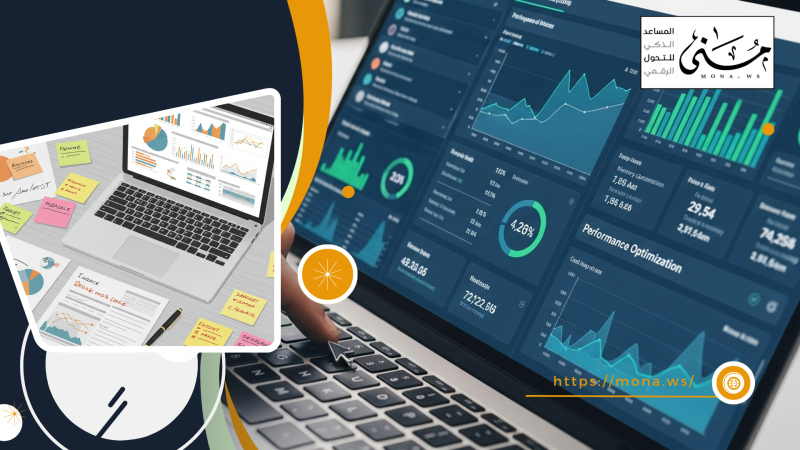

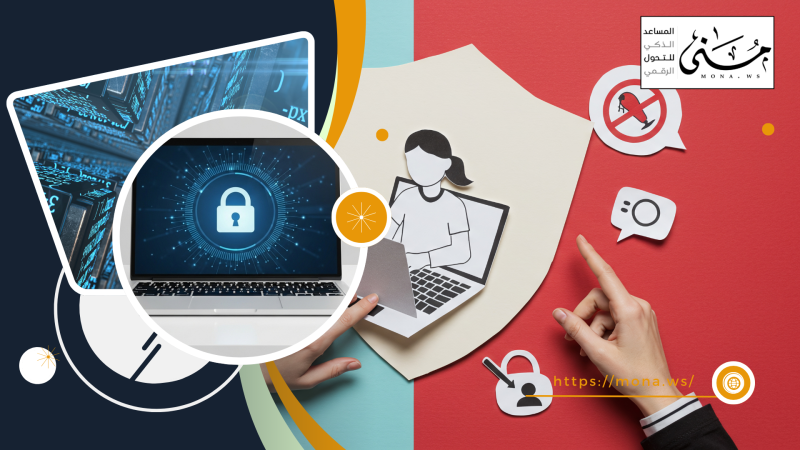
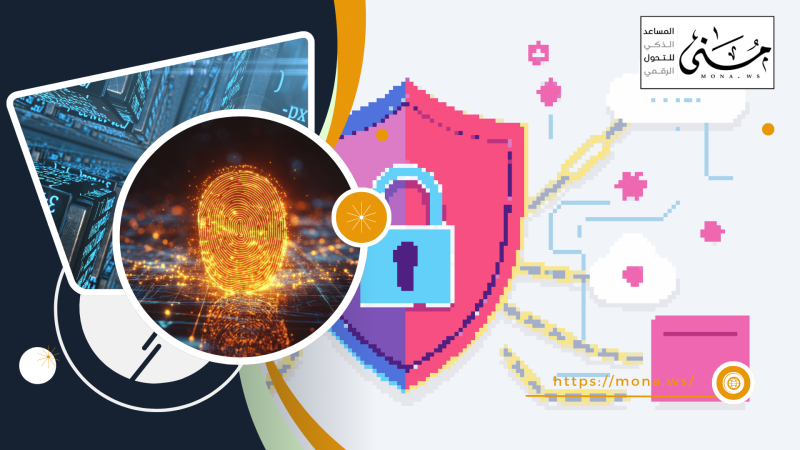

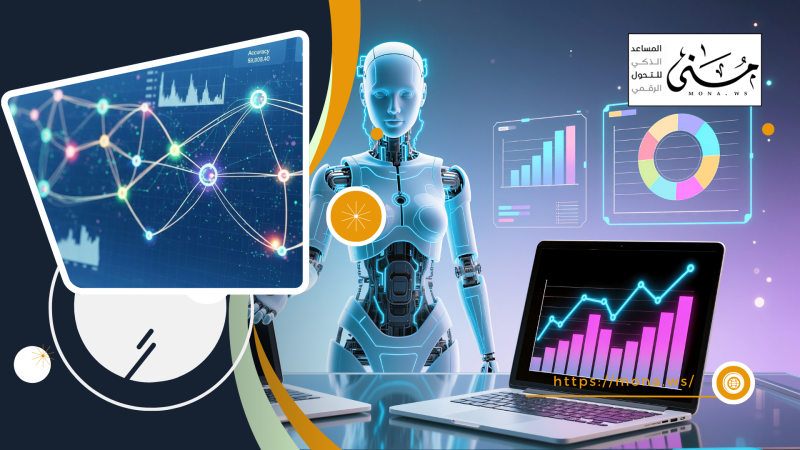
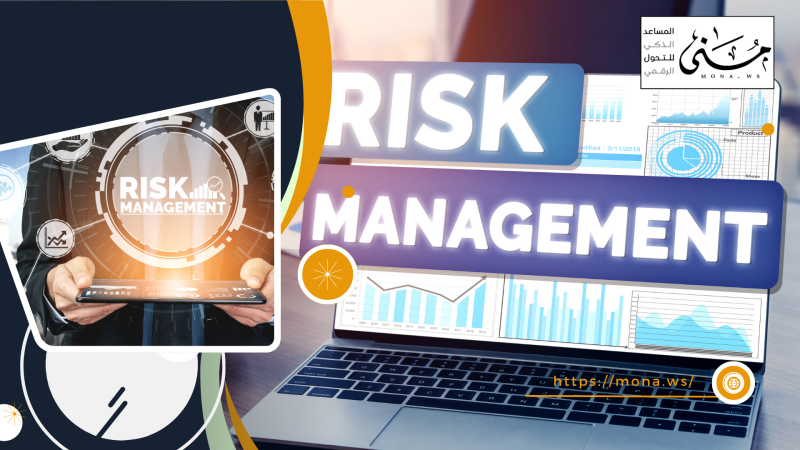
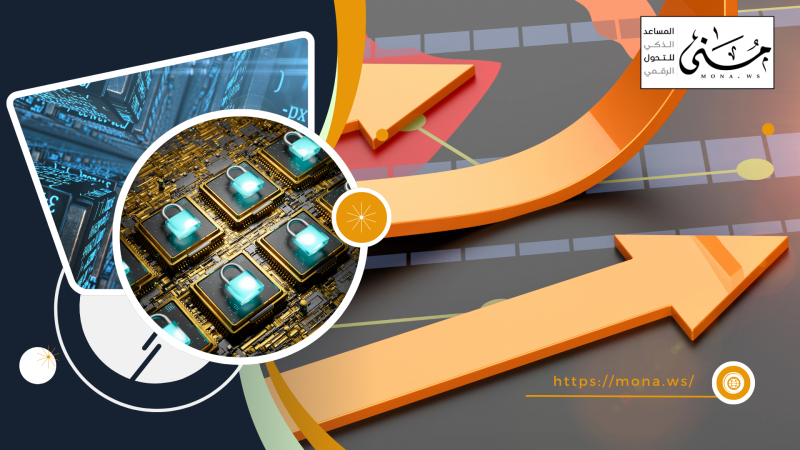
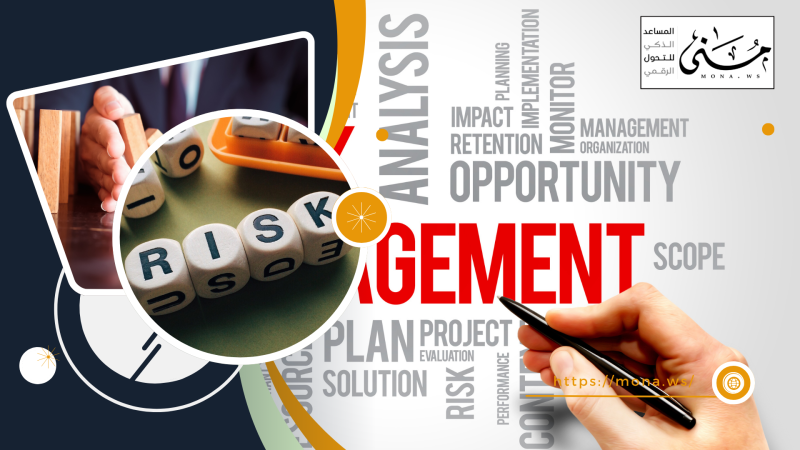
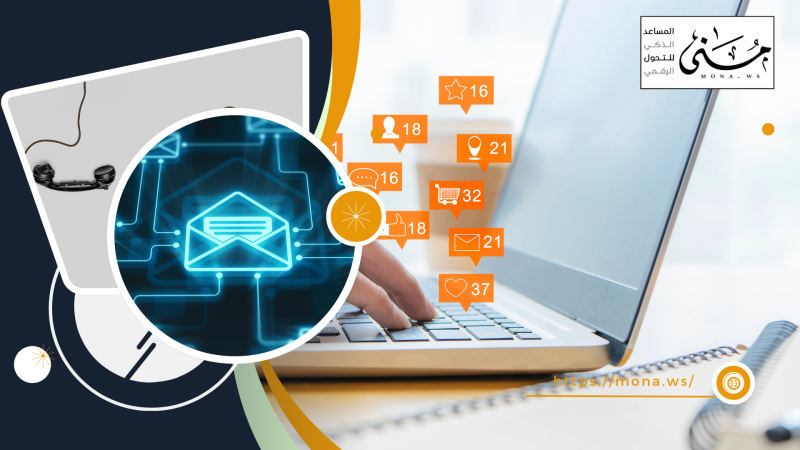
Comments
Add New Comment